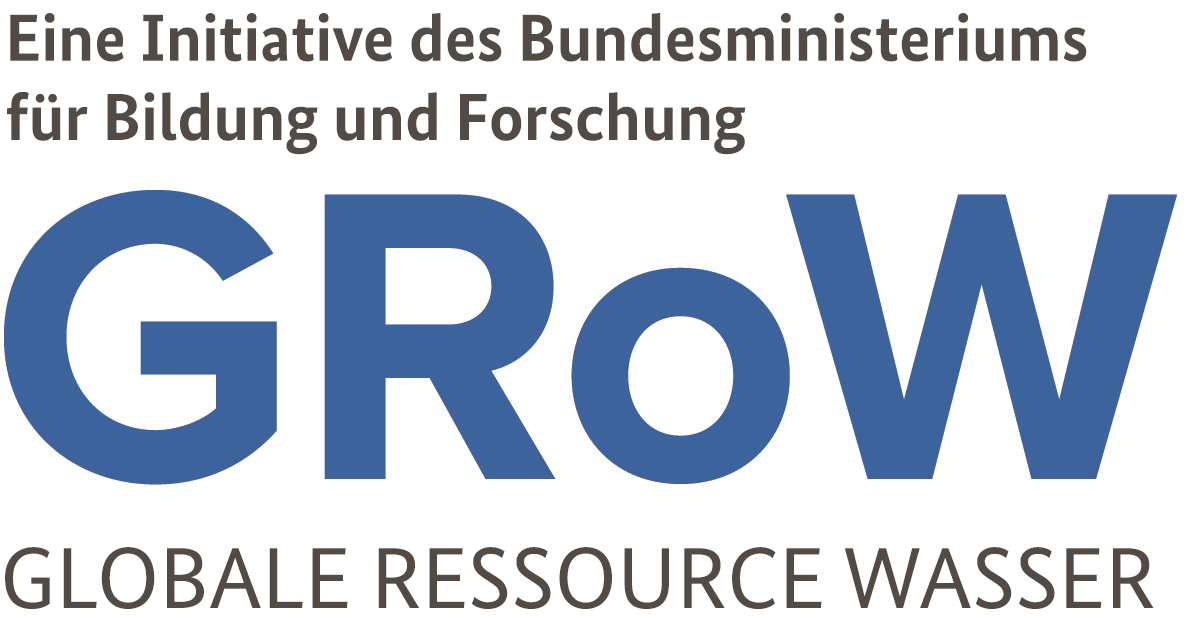Interview with Graham Alabaster (UN Water GEMI initiative) on the possibilities for the science community to engage in the monitoring process of SDG 6
| Date |
Date
|
Interview with Graham Alabaster of UN-Water’s GEMI initiative on how the scientific community can engage in the SDG 6 monitoring process
Monitoring the Sustainable Development Goals (SDGs) is a complex issue involving many UN organizations. In 2014, UN-Water launched the Global Expanded Monitoring Initiative (GEMI) to bring together the different UN organizations tasked with monitoring the SDG on water (SDG 6). GEMI’s aim is to present the whole water sector and to bring together the many different initiatives that monitor the various SDG 6 targets. We spoke to Dr Graham Alabaster, one of the initiators of the GEMI initiative, about how the scientific community can engage in the SDG 6 monitoring process.
GRoW: Where do you currently see the greatest deficits in terms of SDG 6 monitoring?
Alabaster: For me, the main issue is that the countries haven’t yet taken sufficient ownership of the monitoring process. They still see it as something which is external and to be supported by multilateral or bilateral organisations. This might be for a couple of reasons. Firstly, the national statistical offices have to deal with considerable gaps in technical capacity due to the complexity of SDG 6 monitoring compared to other SDGs. At our meeting in March, representatives from the statistical community, the Inter-agency and Expert Group on SDG Indicators, who approved the SDG methodologies, clearly acknowledged the challenges of SDG 6 monitoring and asked for technical support. Besides the gaps in technical capacity at the national statistical offices, another challenge is that the institutional responsibility for the water indicators is divided across different ministries. But still, for me, our biggest challenge is to ensure that countries appreciate the need for monitoring. If they don’t, they just won’t do it – or they’ll do it grudgingly and it won’t be useful. So we have to work much harder to anchor the ownership of SDG 6 monitoring in sustainable development and encourage the countries to recognize it to a greater degree.
GRoW: The GRoW research projects work on different levels to support the SDGs. This ranges from local solutions to global analyses. Where do you see the greatest potential for a research programme like GRoW to support SDG 6? How could the scientific community and GRoW in particular support the monitoring process around SDG 6?
Alabaster: There are two aspects of SDG monitoring to which I think the scientific community can best contribute. One concerns providing improved and affordable methods of data collection and data modelling techniques where these are not available. For many of the countries, particularly in Africa where capacities are rather weak, collecting the data is still a huge challenge. One solution is to look at modelled estimates as an interim solution until better data becomes available. This could be done through a variety of methods and approaches, such as using remote sensing data, developing methods to compute wastewater inflows from water consumption, doing mass balances, or adopting model approaches that tap into existing knowledge and data in the countries. The other area where the scientific community can contribute is building national and regional data observatories for SDG 6, building capacities for data collection and related issues, and providing assistance for modelling data. These kinds of observatories must be interministerial. In most countries, an SDG 6 observatory would have to involve a combination of the ministries responsible for issues such as water, health, urban development and the environment.
The scientific community could also use SDG 6 monitoring to promote a resource conservation perspective. Looking at local solutions, there is a need to develop dedicated approaches for managing water demand and reusing wastewater. The scientific community should also help develop tools for assessing opportunities and approaches.
While the SDG monitoring looks at national data, it’s also important to consider intranational differences to better understand the challenges and potential solutions. We need disaggregated data to understand things like differences and inequities in service levels across different urban areas, between the rich and the poor. We also need it to understand pollution sources and their impact on ambient water quality. In Mexico, for example, the volumes of wastewater from industry and domestic sources are equal. However, the organic load from industry is five times higher than from domestic wastewater. This is probably the case in many rapidly industrializing countries. Bangladesh is another example. Its huge textile industry is almost secretly polluting water resources in a very harmful way, while SDG 6 monitoring and related efforts are focussing on sanitation provision.
GRoW: How do you think research projects likes those in the GRoW programme could engage in ongoing processes in GEMI or other political processes related to the SDGs?
Alabaster: I’m always a fan of a good crisp paper that highlights relevant research results in a way that is accessible. That type of paper could be shared with the GEMI partners, mainly the seven UN agencies that are the custodians of SDG 6 monitoring. As for more direct involvement, we are planning a partnership platform within GEMI, where we could work much more closely with initiatives like GRoW and other partners to bring other sources of knowledge and information into the GEMI process. Within the process of developing SDG 6 monitoring, the custodian agencies have convened expert working groups, but on a rather ad-hoc basis. These doors shouldn’t be closed. Depending on the research areas that the GRoW projects are working on, we could help establish bilateral relations between the GRoW organisations and the GEMI members, which include UNEP, UN-Habitat and FAO.
GRoW: Thank you very much for talking to us.
